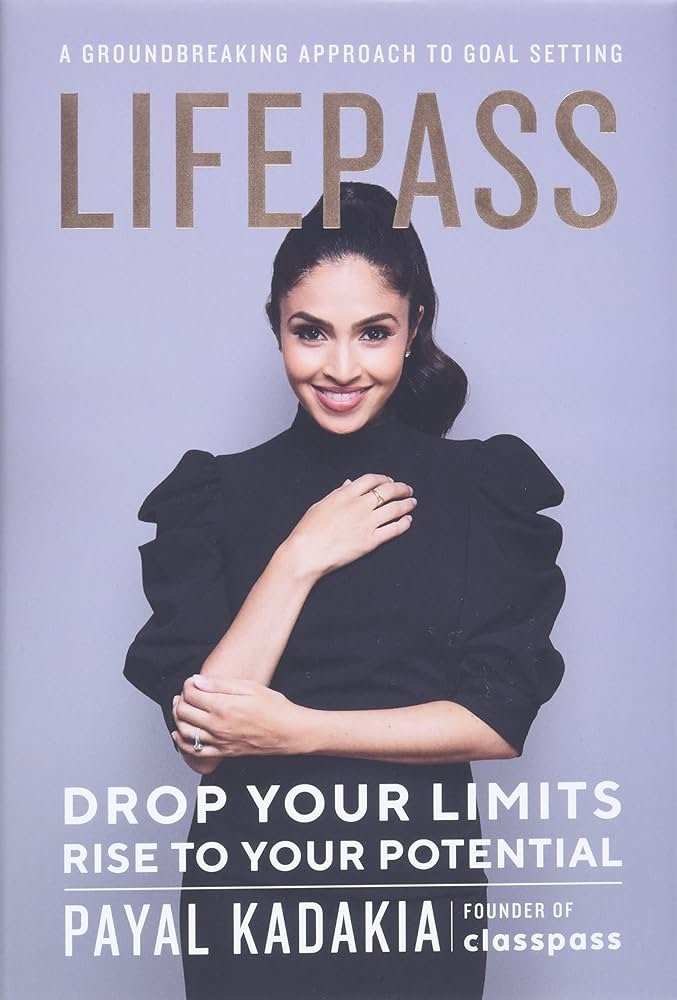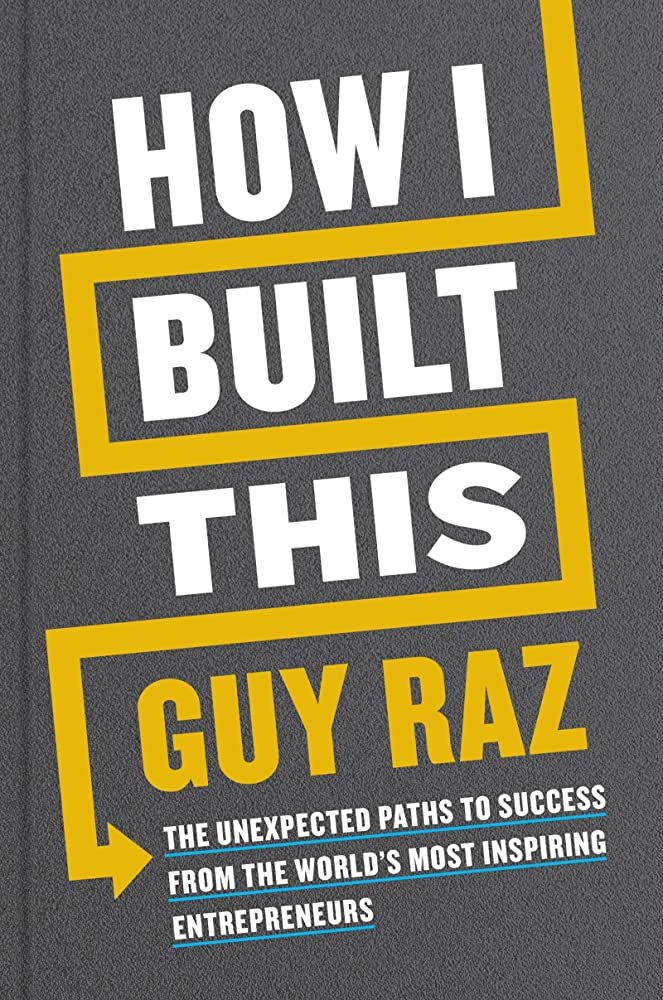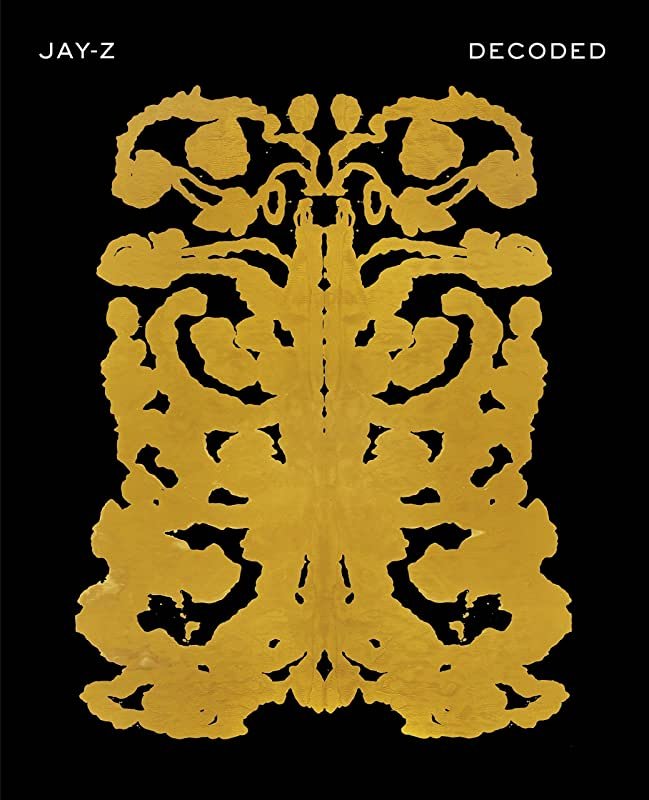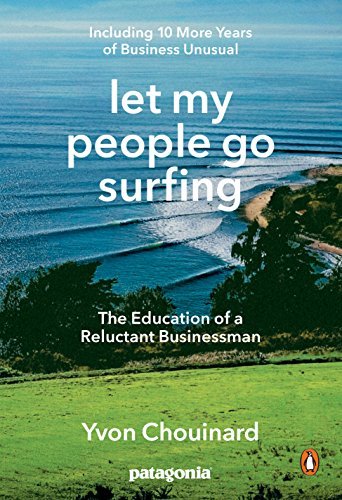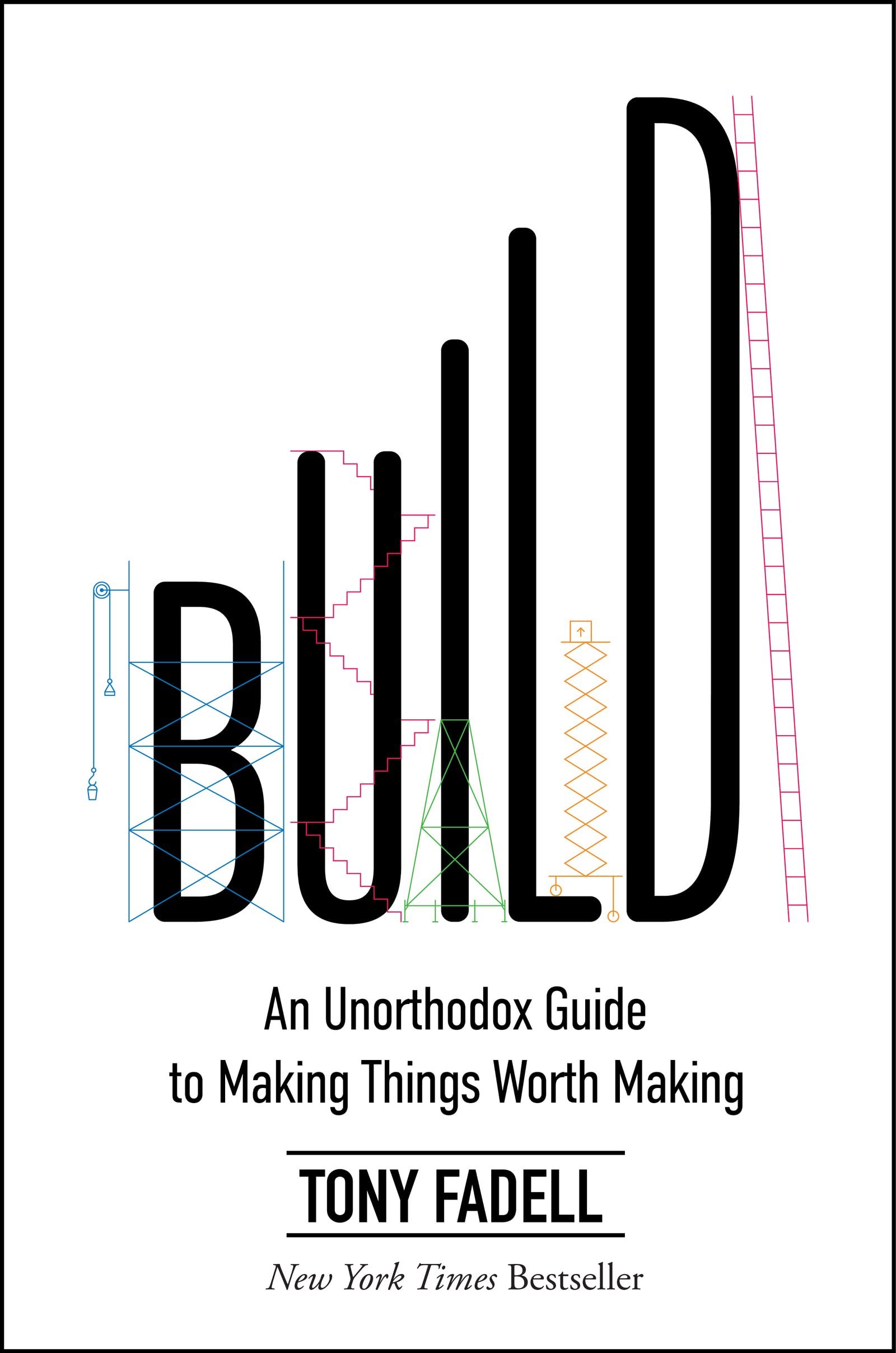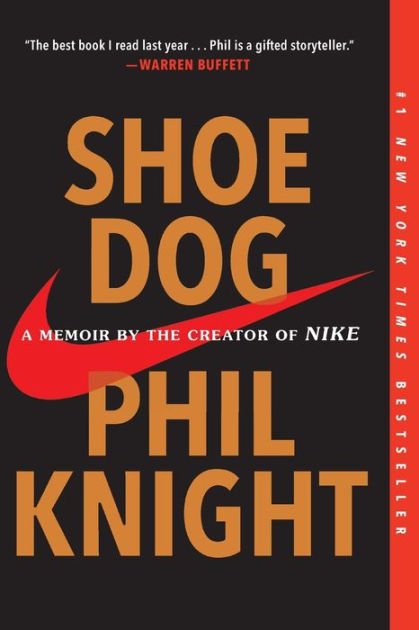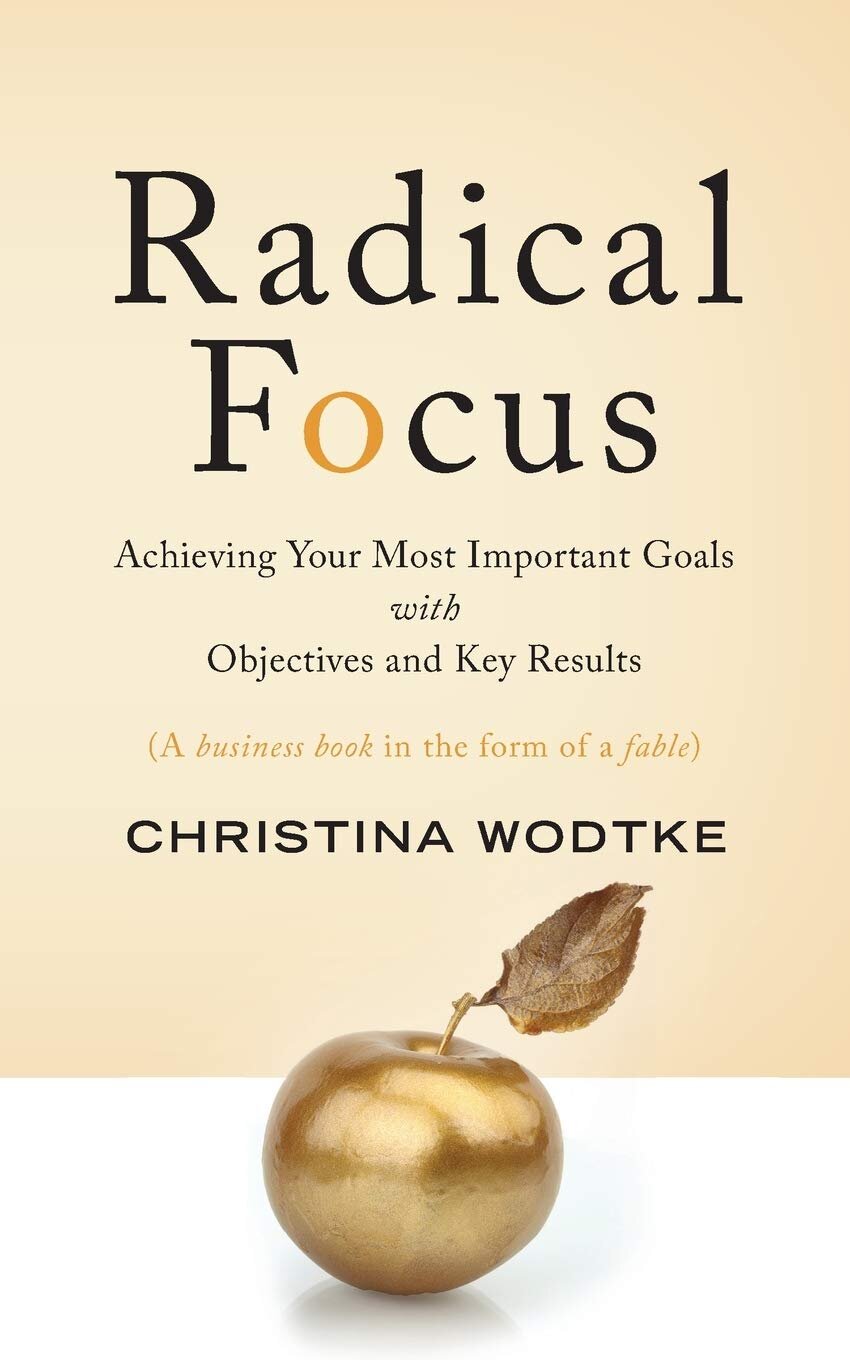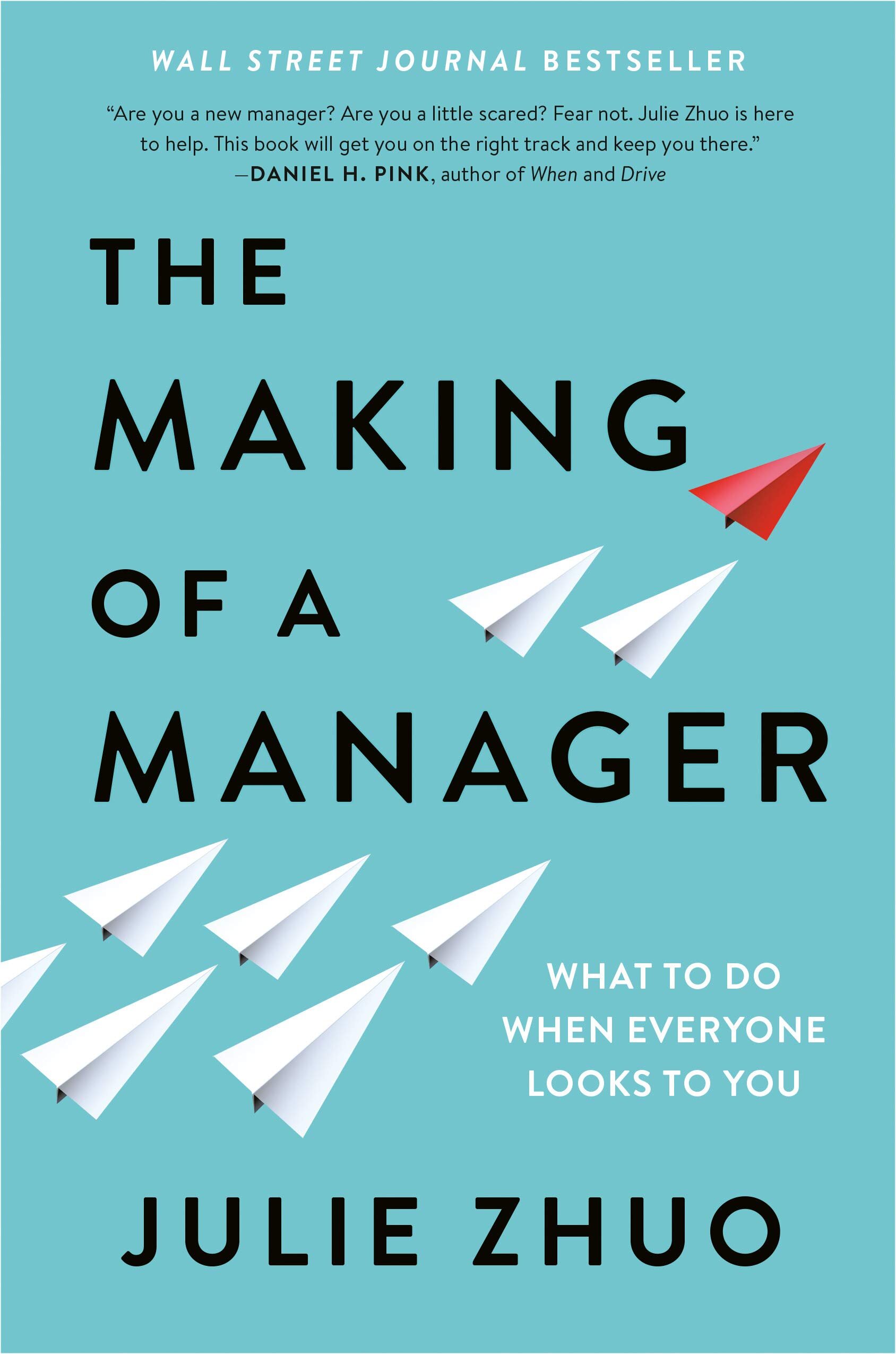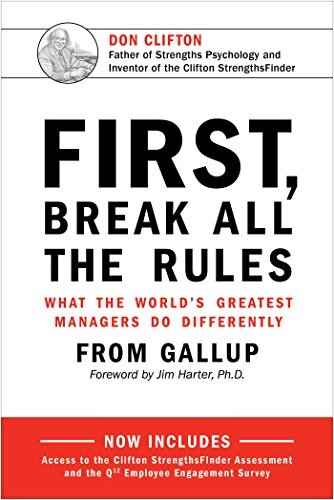LifePass by Payal Kadakia
Date read: 7/15/23. Recommendation: 9/10.
Payal Kadakia’s story makes this book worth picking up. Lots of wisdom around how to navigate your own creative entrepreneurial journey. But as she demonstrates, it starts with revealing more of yourself. Only by putting yourself out there can you open yourself to the right opportunities and self-select out of the wrong ones. The generic self-help exercises at the end of each chapter are forgettable. But it’s easy to look past those.
Check out my notes below or Amazon for details and reviews.
My Notes:
Post-college (Bain):
Took a job at Bain & Company (management consulting) because it looked good on her resume and made her parents proud. For 2.5 years worked 70 hours/week as an associate consultant, then six months before contract renewal was sitting in her manager’s office receiving negative feedback for the first time. She questioned Payal’s reliability and commitment to clients. “If you really want to further your career as a consultant, your clients are going to have to come first. I don’t know if that’s the case for you.”
Her manager was referring to the fact that Payal was studying dance and performing with a troupe, Bollywood Axion, outside of consulting on nights and weekends. Six months before they had a big performance on the same day as an important client meeting and she chose to be at the show. Her manager didn’t make a big deal about it then, but 6 months later it was rearing its head and impacted the way her boss saw her.
Her initial instinct was to dive back into work and prove to her boss that she was worthy of staying on as a consultant. But as she worked harder she realized she would have to give up dance, what she truly loved doing, which wasn’t a compromise she was willing to make.
“I realized my boss was completely right. I wasn’t fully committed to being a consultant. I wasn’t making Bain my everything, because it simply wasn’t enough for me.”
Warner Music Group:
When her contract was up at Bain, Payal found a job in 2008 working on licensing agreements for digital music at Warner Music Group. It paid less and wasn’t as prestigious, most of the people in her life looked at her like she was crazy. But this was the most comfortable compromise at that time, she wasn’t quitting to dance full time and was giving herself more predictable hours. She had a steady income, work ended at 5 p.m. every day and she could attend dance classes and rehearsals all evening.
This was a period of transition. Also left Bollywood Axion and started choreographing her own dance pieces (something she found to be a powerful expression of herself). Led her to start her own dance company that showcased Indian dance as an art and culture beyond merely a form of entertainment and fun. Started Sa Dance Company.
Sa Dance Company:
Applied to participate in an annual Indian dance festival in downtown Manhattan. NYT dance critic, Alastair Macaulay, decided to do a piece on the festival in the next day’s arts section and Sa would be on the Saturday morning cover. Huge half-page image of Sa in motion, dancers looked radiant—a sign she was on the right track. She felt like the universe was telling her to believe in herself and what she was doing.
Spent the next several months planning Sa’s weekend-long Premier NYC Showcase. Dove into making her own production, writing her own story, creating new choreography, and rehearsing for hours with the dancers with the goal of sharing the beauty of Indian dance. To reserve the theater, Payal fronted $20k, her entire savings account. It was on her to sell tickets to break even. Had to sell 1000 tickets to cover her costs. All three shows sold out.
Sitting in her office at Warner, she realized there was still a disconnect between the person she was at work and the life she wanted for herself.
San Francisco:
During the Warner and Sa years, she spent all her time working and dancing. But in the summer of 2010, one of her close friends (Parul) invited her to San Francisco for her birthday. This helped create some distance and the change of pace helped her gain new perspective.
At the birthday gathering, she chatted with Parul’s friends, who all seemed to be developing apps, starting companies, or embarking on some type of entrepreneurial journey. People were pursuing exciting, creative projects as actual career paths. Unlike anyone she knew in New York.
On Sunday night red-eye flight back to New York, her mind was racing. Idea of creating something of her own as her career fascinated her. How could she create something that provide the same type of freedom and inspiration? She gave herself two weeks to come up with an idea for something she would be passionate about creating.
Back in NYC, as she settled into the week, she opened her laptop and looked for a ballet class to attend. She searched websites for different studios across the city, comparing schedules, researching their instructors, mapping out their locations. Two hours later looked up and had thirty browser tabs opened and realized she wasted her afternoon without finding anything. Entrepreneurial epiphany: why wasn’t there one place you could go to find and book classes?
This was the earliest inkling for ClassPass, an app to give people the opportunity to keep moving and try new things, and as a business, it became a new path for my life that aligned my calling with my career.
Leaving Warner:
Created business plan and built up courage to leave her job. The day she quit got a message from the vice chairman of Warner asking her to come to his office. He wanted to hear about what she was doing next. He told her he wanted to invest, gave her a check for $10k and introduced her to David Tisch, who was heading up Techstars (one of hottest tech incubators in NYC).
ClassPass:
Built beautiful product, homepage colors were just right, launched to fanfare and publicity, but then zero bookings came through. Social media, brand partnerships, press hits were not leading indicators of success. The false signals of success shielded them from seeing the real problems right in front of them. Hadn’t fully understood the challenges our customers were facing in getting to class. Reservations were the most important metric.
1.5 years after visiting SF, went back to try to raise capital, met with big-name VC firms. None of them wanted to give her money. And no one was signing up for classes on their website. Sent email blast to 10k subscribers asking people to sign up for a free class, and not a single person converted.
Decided to launch something new with a value prop that was more enticing. There wasn’t anything motivating customers to book classes through their site. Passport idea allowing them to bundle together trial classes at different studios to explore new classes over the course of a month. But this was only available to new customers for first month. Sales improved but then people dropped out or used new emails to sign up for another month, upsetting the studios when people returned at discounted prices after their initial trial.
Eventually pivoted into a subscription service for fitness classes that allowed customers to return to classes they liked and continue exploring month after month.
Years later ClassPass was acquired by Mindbody, thanks to a connection and partnership she cultivated with Rick Stollmeyer (their founder) in the early days.

